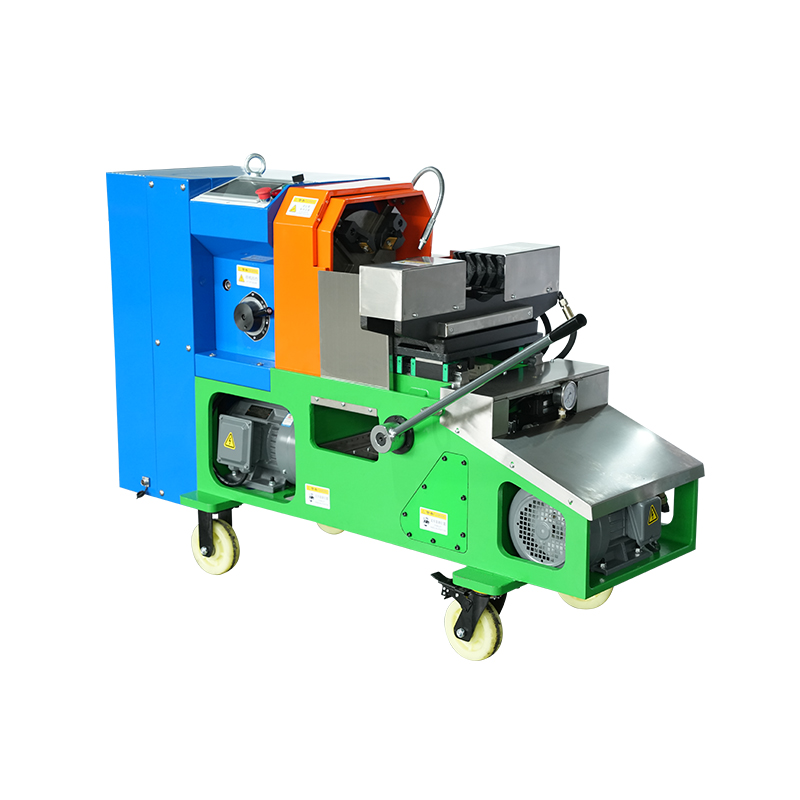Intelligent Threading Machine
1. Automatically identify the pipe diameter 2. Automatic tool adjustment and setting 3. Thread diameters from 15mm to 100mm 4. Threading time as lo...
See DetailsWorking with stainless steel pipes can be a challenging task, particularly when it comes to threading. Stainless steel is renowned for its strength, corrosion resistance, and durability, but these very properties make it harder to cut and thread compared to softer metals such as copper or mild steel. A common question that arises among plumbers, contractors, and DIY enthusiasts is: **“Can a pipe threader handle stainless steel pipes?”
Stainless steel pipes are widely used in applications requiring high durability and resistance to corrosion. They are commonly found in:
Unlike mild steel or PVC pipes, stainless steel is significantly harder and more resistant to wear. This hardness presents unique challenges during cutting, threading, and joining. Standard threading techniques used for softer metals may not work as efficiently, and improper handling can damage both the pipe and the threading tools.
A pipe threader is a tool designed to cut threads into the ends of pipes, allowing them to be joined securely using threaded fittings. Threaders come in two primary types:
Pipe threaders are widely used for threading steel, iron, brass, and aluminum pipes. However, threading stainless steel requires careful consideration due to its hardness and tendency to work-harden.
The short answer is: Yes, but with caution. Not all pipe threaders are equally capable of handling stainless steel pipes. Here are the key factors to consider:
Threading stainless steel requires high-quality, hardened steel dies. Standard dies used for mild steel may wear out quickly or fail to cut clean threads on stainless steel. High-speed steel (HSS) dies or carbide-tipped dies are recommended for stainless steel to ensure longevity and precision.
Larger diameter stainless steel pipes or pipes with thicker walls present more resistance during threading. While small pipes (½” to 1”) can often be threaded with a manual or portable electric threader, larger pipes (2” and above) generally require heavy-duty electric or hydraulic threaders.
Threading stainless steel generates significant friction and heat. Using a specialized cutting oil or threading lubricant designed for stainless steel is essential. Proper lubrication:

Threading stainless steel requires patience and skill. Some important tips include:
Neglecting these techniques can result in poor thread quality or even tool breakage.
Even with the right tools, threading stainless steel has unique challenges:
In some cases, alternative methods may be more efficient:
In conclusion, pipe threaders can handle stainless steel pipes, but it requires the right equipment, proper technique, and patience. The hardness and durability of stainless steel make it more challenging to thread than softer metals, but with high-quality dies, adequate lubrication, and careful operation, clean and precise threads can be achieved. For professional applications, investing in an electric or hydraulic threader with HSS or carbide dies is often the most reliable solution.
Stainless steel pipes are increasingly common in industries requiring corrosion resistance and long-term reliability. Understanding the nuances of threading stainless steel ensures that plumbing, mechanical, or industrial installations are secure, efficient, and durable.